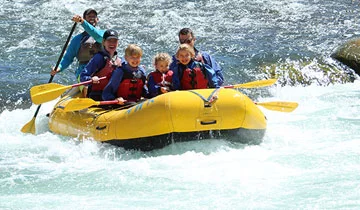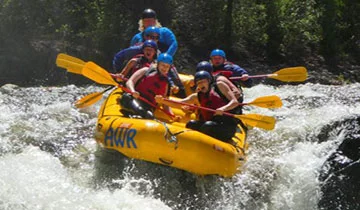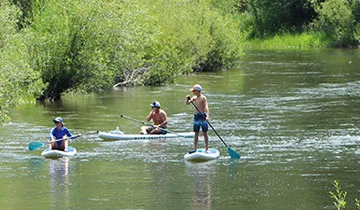Ever wonder what the difference between a Class 3 and a Class 4 rapid is? Well you’re not the only one. Below is a quick guide that should lend a hand to the understanding of river classifications that might further help you decide which trip is the best for you and your group.
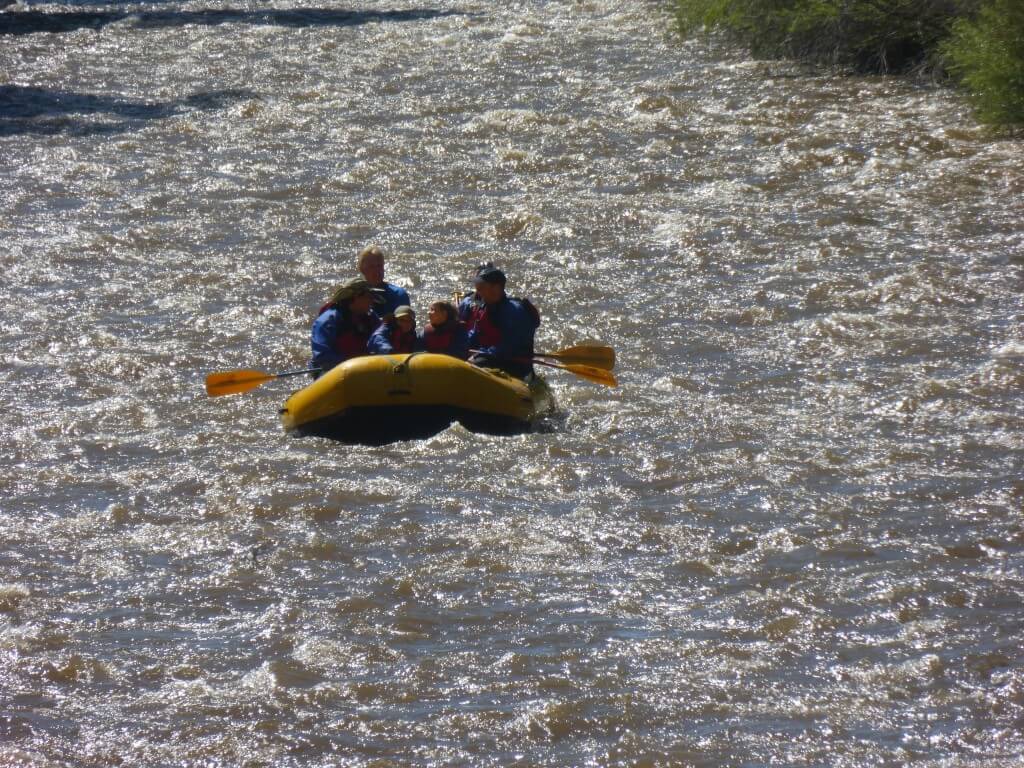
Class I: CALM
Sometimes compared to the same consistency of bath water, Class I essentially is moving water that has little to no rapids.
Class II: MILD
A step closer to the term ‘whitewater,’ Class II is when the surrounding terrain of begins to form small waves and rapids in the river. Class II requires some paddling and maneuvering but with little difficulty. This is great for small children and those looking for a more ‘chill’ river experience.
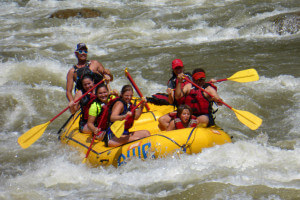 Class III: MODERATE
Class III: MODERATE
This is where whitewater rafting becomes more exciting. Class III is one of the most popular sections rafted due to the excitement level that can be achieved with little experience. There are more irregular rapids and larger waves requiring guests to maneuver the boat on demand and become wet on occasion.
Class IV: WILD
For strong paddlers only, Class IV (or Class 4 Rapid) is for intermediate and experienced rafters looking for a thrill. Rapids are long and unpredictable with large waves and narrow passages.
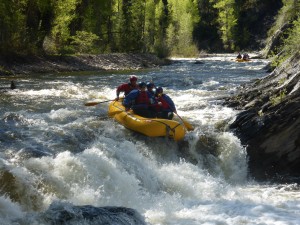 Class V: EXTREME
Class V: EXTREME
This is the highest classification for commercial rafting trips requiring strong paddlers who are experienced and looking for the ultimate. Small waterfalls, drops and holes are common. Rapid paddling and maneuverability required.
With most rating systems, classifying rivers is not an exact science but it is universally understood and interpreted. The interesting factor in regards to rivers is the fluctuation of water levels. For Colorado Rivers, higher flows tend to come in the months of June and July compared to when flows are lower such as in September and October. This is a result of the snowfall received from the previous winter along with the season and temperature changes. With that said, no river or section of whitewater is the same.
There are other factors involved that can change water flows such as if the river is damn released and more controlled or simply how wide or narrow a river is. This is why it is important to ask questions and trust the knowledge of the guides who are on the rivers daily making sure they are both safe and fun for guests.
